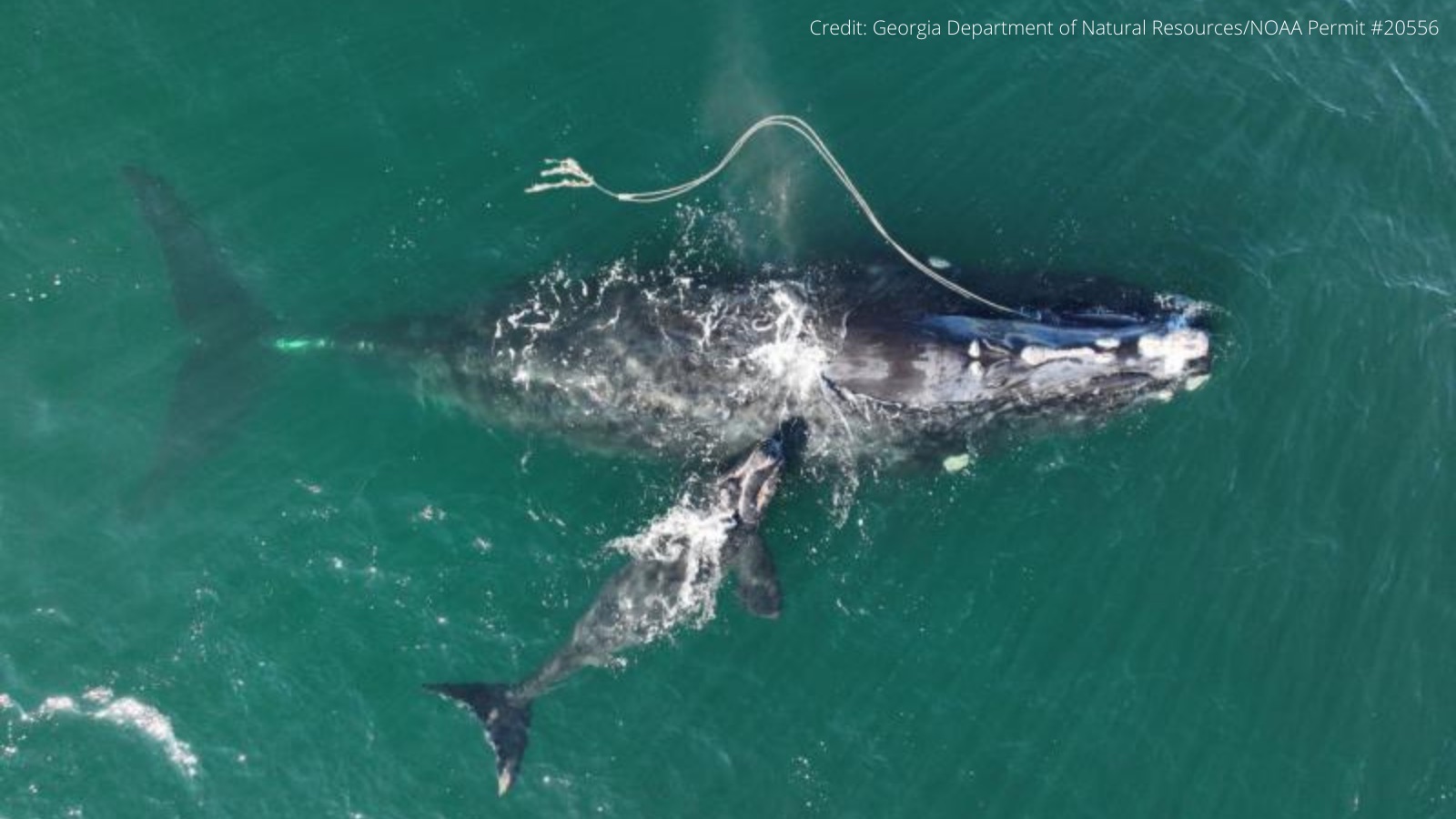
9 and counting: more right whale calf sightings ring in the new year
2024 is shaping up to be a good year for spotting right whale calves
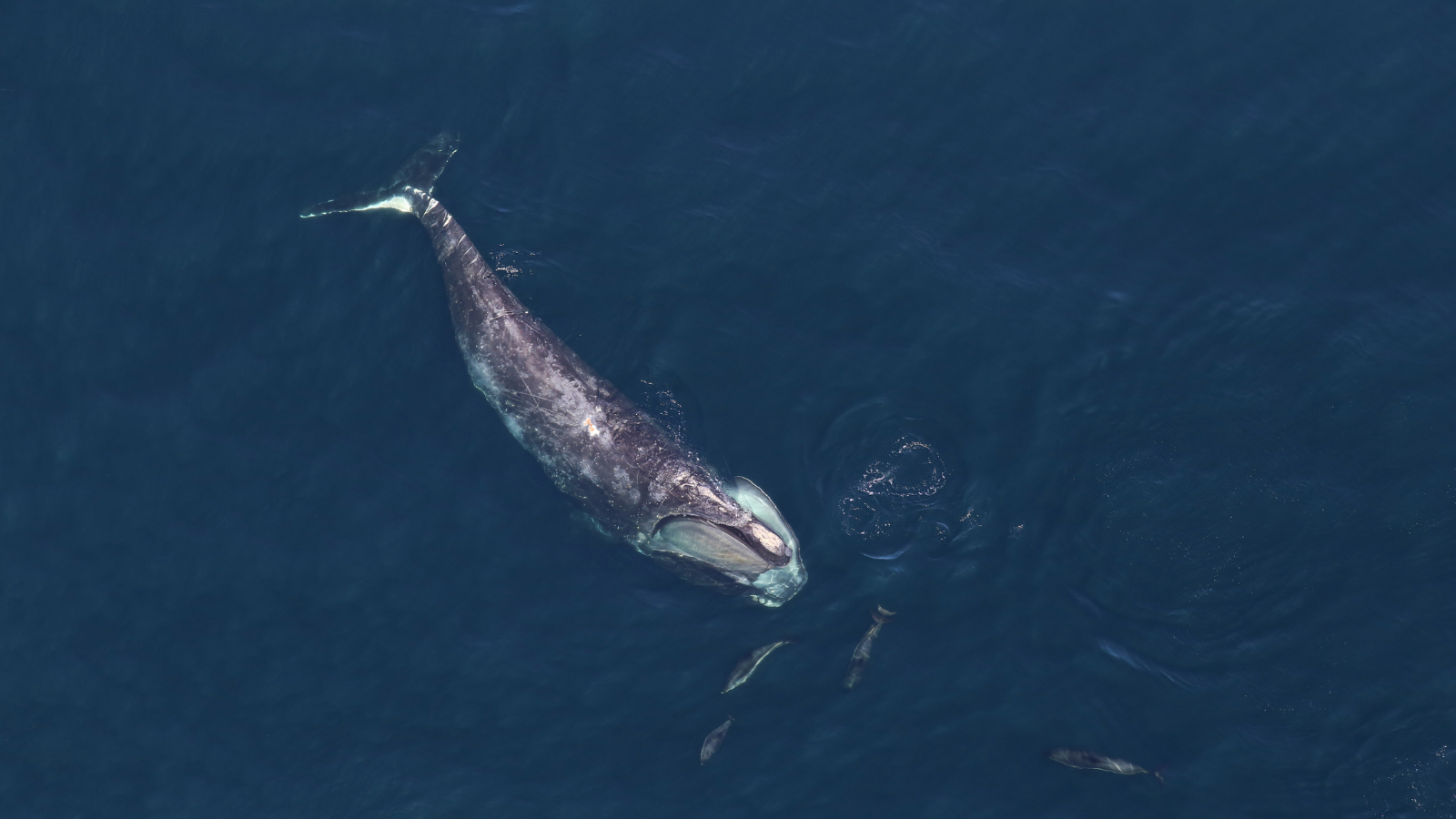
New year, new whales: every winter, scientists carefully monitor the waters off of Georgia, Florida and the Carolinas for the sight of right whale moms and freshly born calves.
Only days into January, these scientists have already spotted 9 baby whales swimming with their mothers–a refreshing piece of good news for this highly endangered species. With only around 350 right whales left in existence, every new birth is a cause for celebration.
New Year New WHALE CALVES!
4 right whale calves were spotted last week, bringing the total count to 9.
▪️“Aphrodite,” 36 years old; 7th known calf
▪️“War,” at least 35 years old; 7th known calf
▪️“Viola,” 33 years old; 4th known calf
▪️“Pilgrim,” 10 years old; 1st known calf pic.twitter.com/UWqnsdgrDH— Georgia DNR Wildlife (@GeorgiaWild) January 3, 2023
But even with these happy sightings, the whales are not out of the woods. The newly arrived right whale calves are at risk from speeding boats, which can injure and kill the whales. And as they swim north for the spring, the new babies will contend with fishing gear that can entangle them–at least 85% of adult whales bear scars from these run-ins. And even if every one of these calves makes it to adulthood, it may not be enough to save the species. While no longer in sharp decline, scientists say that the right whale population isn’t growing. In order to get the species’ population growing and off the path to extinction, we’ll need around 50 calves to be born every year.
The good news: We can give this species a much better chance at survival. Whether it’s better enforcing the speed limits we’ve already set for large vessels (as our friends in New Jersey called for this morning), limiting the speeds of smaller boats when right whales are off our coast, or changing the way we catch lobster and crab, we know what it will take to save right whales.
We just need to do it.

See the Campaign
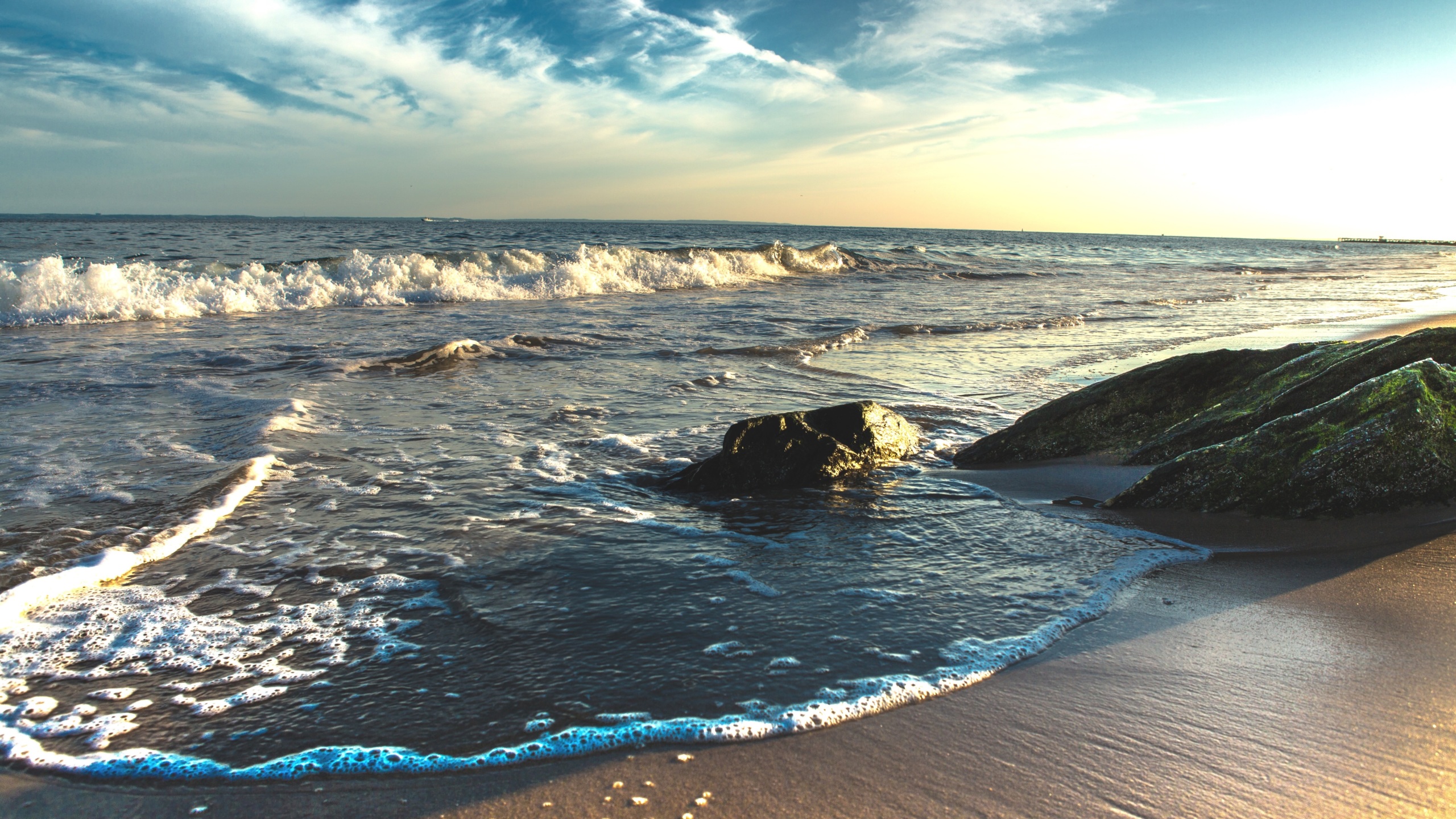
Protect Our Oceans
Topics
Updates
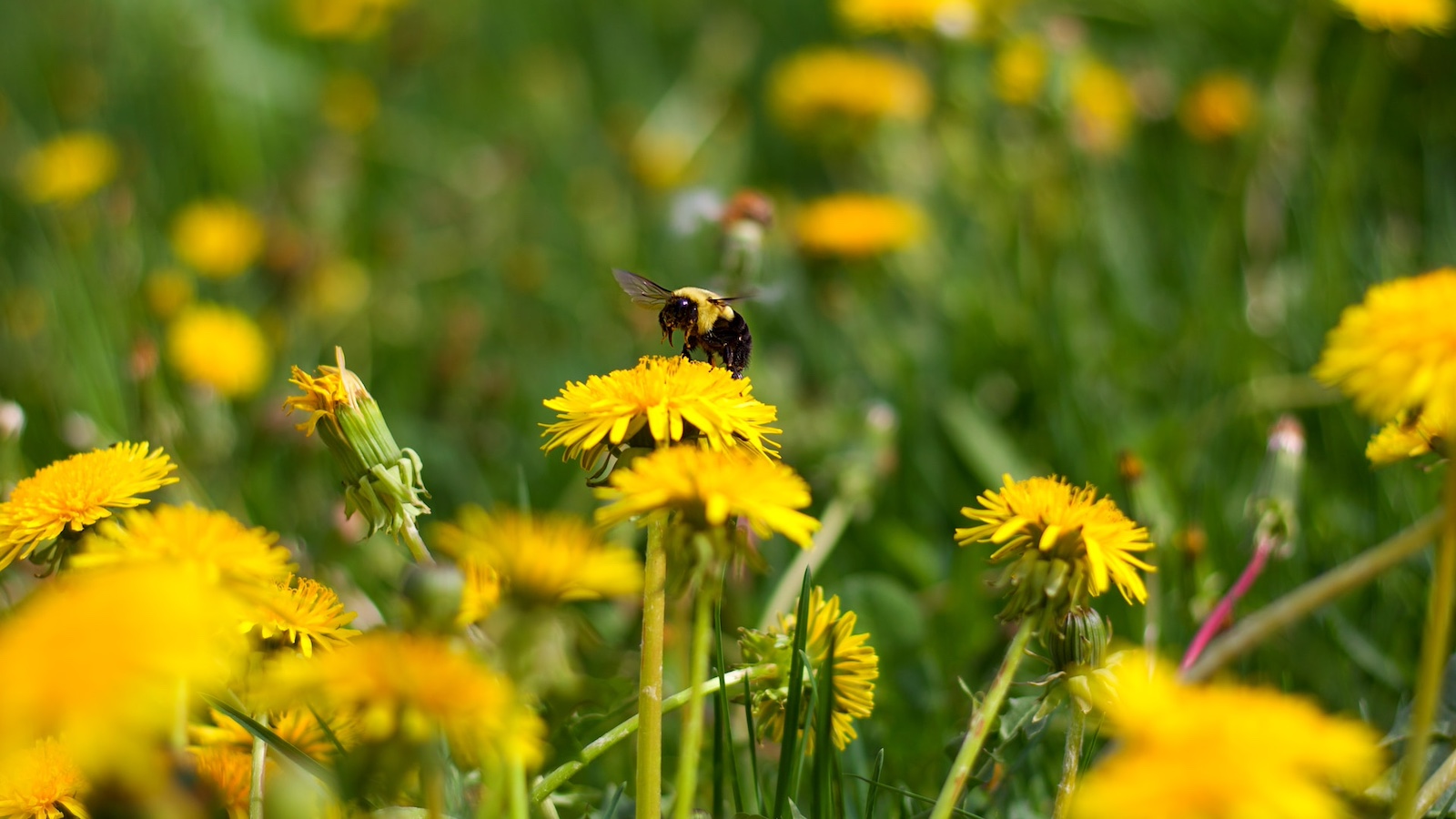
New grants can make our roadsides bee-friendly

Energy Conservation & Efficiency
Biden administration finalizes lightbulb efficiency rules
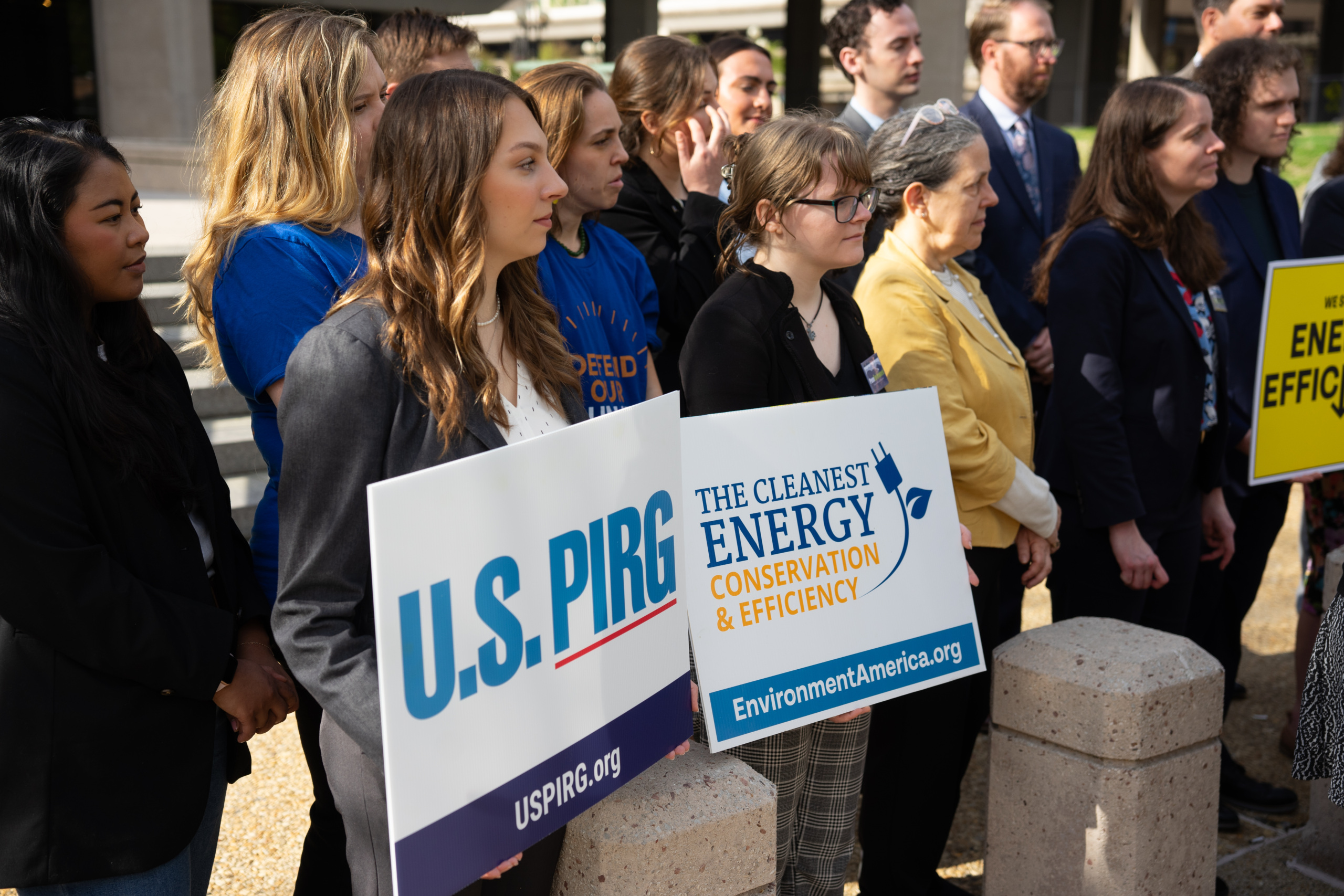
Energy Conservation & Efficiency
Groups urge Biden to ‘Finish the job’ on appliance efficiency
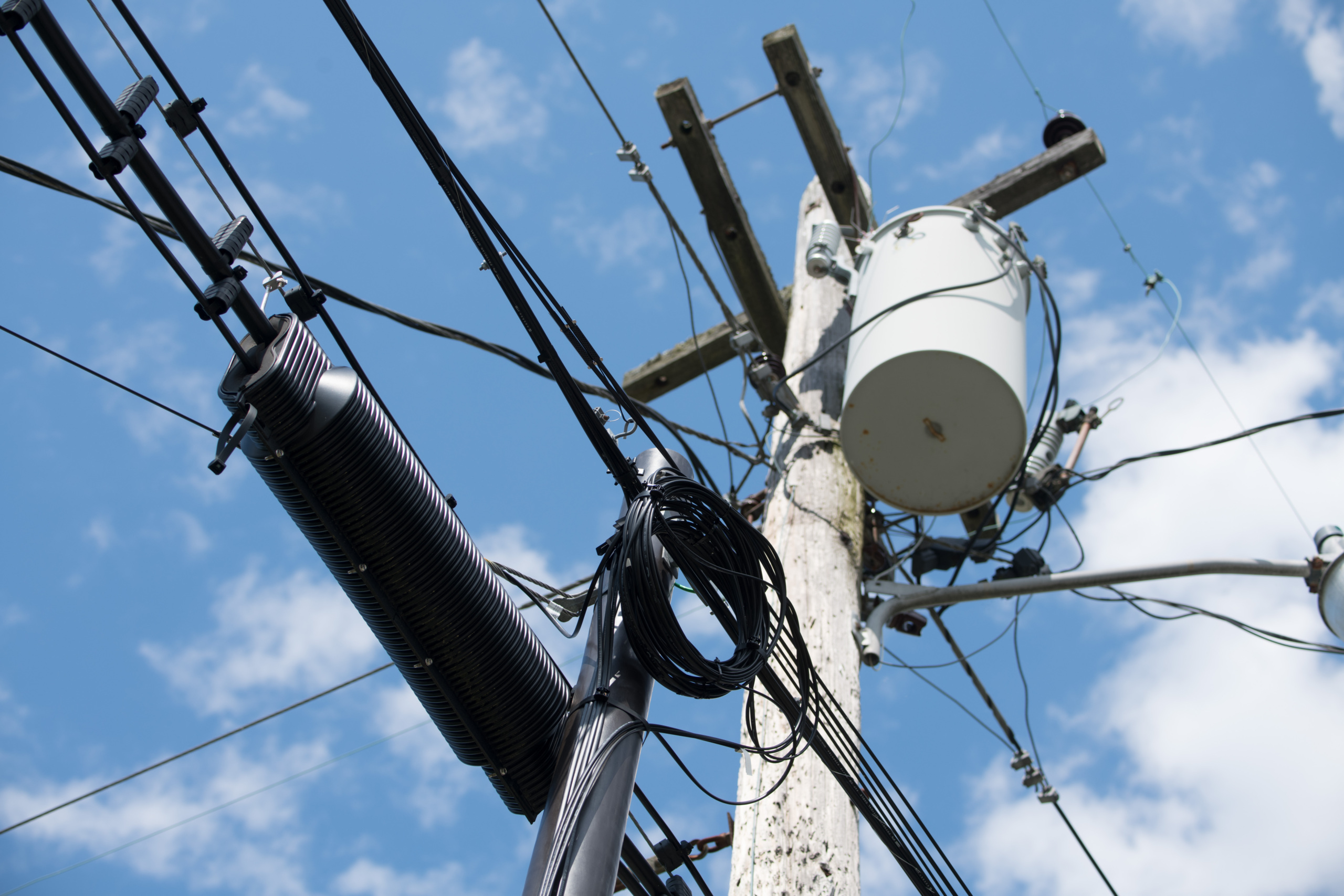
Energy Conservation & Efficiency
Transformer efficiency rule leaves energy savings on the table


